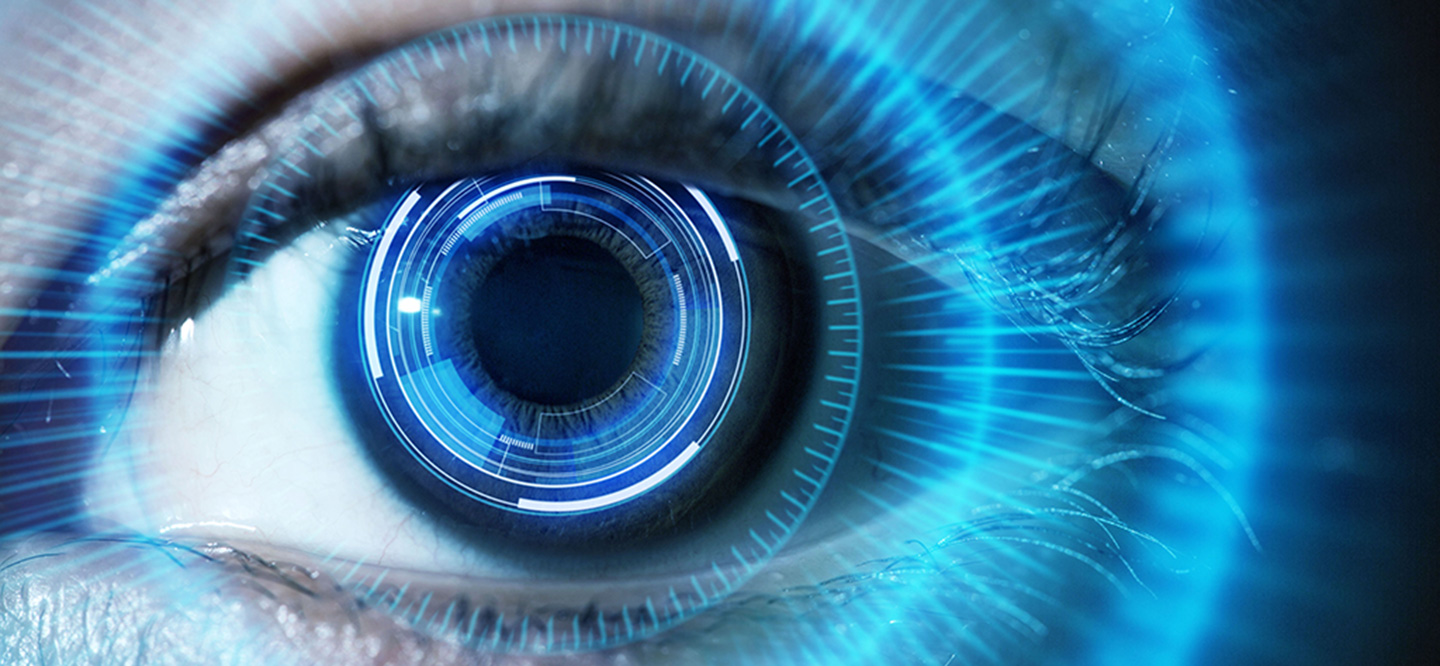
The dawn of the 21st century has birthed remarkable leaps in technology, transforming countless industries and aspects of daily life, including the way we correct our vision. Traditionally, glasses have been the go-to solution for vision correction. However, we are now entering an exciting era where innovative solutions are drastically changing our approach to improving our eyesight.
In this article, we’ll take a look at some of these cutting-edge technologies and the potential they offer for those living with poor vision.
The Revolution in Vision Correction
Recent advances in technology have allowed for the development of several new vision-correcting solutions. From contact lenses with built-in sensors to laser surgeries, these new methods offer improved accuracy and convenience compared to traditional glasses.
Contact lenses are now available with integrated sensors that monitor eye pressure and oxygen levels. Laser surgeries, such as LASIK (Laser-Assisted in Situ Keratomileusis), are now being used to reshape the cornea and improve vision.
Another recent development is intraocular lens replacement (IOL). This procedure involves replacing the eye’s existing lens with an artificial one, which can correct nearsightedness, farsightedness, astigmatism, and other refractive errors. IOL is less invasive than traditional eye surgeries, has a shorter recovery time, and offers more consistent results.
The technology behind vision correction continues to improve, with innovations such as bifocal and multifocal lenses that can provide improved focus at different distances. These lenses are ideal for those who need corrective lenses for both nearsightedness and farsightedness.
The Benefits of Innovative Vision Correction Solutions
The new technologies available for vision correction offer numerous advantages over traditional glasses. For starters, contact lenses are more comfortable to wear and allow for a wider field of view. Laser surgeries can produce faster, more precise results than traditional glasses, while IOL replacement provides consistent, long-term results with a short recovery time.
Furthermore, new lenses and surgeries offer improved accuracy and convenience. For example, bifocal and multifocal lenses allow for better focus at multiple distances without the need to switch between multiple pairs of glasses. Laser surgeries can be tailored to each individual’s specific vision requirements, making them more effective than traditional glasses alone.
Looking to the Future of Vision Correction
The potential for further advancements in vision correction technologies is exciting. While current methods are already significantly improving patients’ vision, future solutions could become even more precise and personalized.
For instance, researchers are currently exploring ways to use AI algorithms to create tailored corrective lenses that can adjust their focus based on the wearer’s environment. This would enable lenses to automatically compensate for changing light conditions and provide an optimized viewing experience regardless of where the patient is.
In addition, researchers are also looking into developing vision-correcting implants that can be inserted directly into the eye. These implants could theoretically be used to correct a wide range of refractive errors, from nearsightedness to astigmatism.
The Cost of Vision Correction
As with any medical procedure, the cost of vision correction can vary widely. Laser surgeries and IOL replacement tend to be more expensive than traditional glasses or contact lenses, but they may offer more permanent results in some cases.
In addition, insurance policies may not always cover the full cost of innovative procedures, so it’s important to speak with your doctor and insurance provider to determine the best course of action.
Ultimately, the cost of vision correction depends on a variety of factors, such as the type of procedure being performed and any additional services needed (e.g., follow-up care). To make an informed decision about which solution is right for you, it’s important to weigh the pros and cons of each option.
As technological advances continue to revolutionize the way we correct our vision, it’s important to keep up with the latest developments in this field. Knowing your options can help you make an informed choice when considering how to best address any vision problems you may have. With the right treatment plan, you can look forward to improved eyesight and a better quality of life.



















